
How does shea butter connect to ancestral hair care?
Shea butter connects to ancestral hair care as a time-honored, natural emollient, deeply integrated into practices for textured hair health and heritage.

What historical plant butters shaped African hair care?
Historical African plant butters offered essential moisture and protection for textured hair, embodying centuries of ancestral care and cultural legacy.

What ancestral uses of shea butter shaped hair practices?
Ancestral uses of shea butter profoundly shaped textured hair practices by offering deep moisture, protection, and aiding in culturally significant styling and communal rituals.
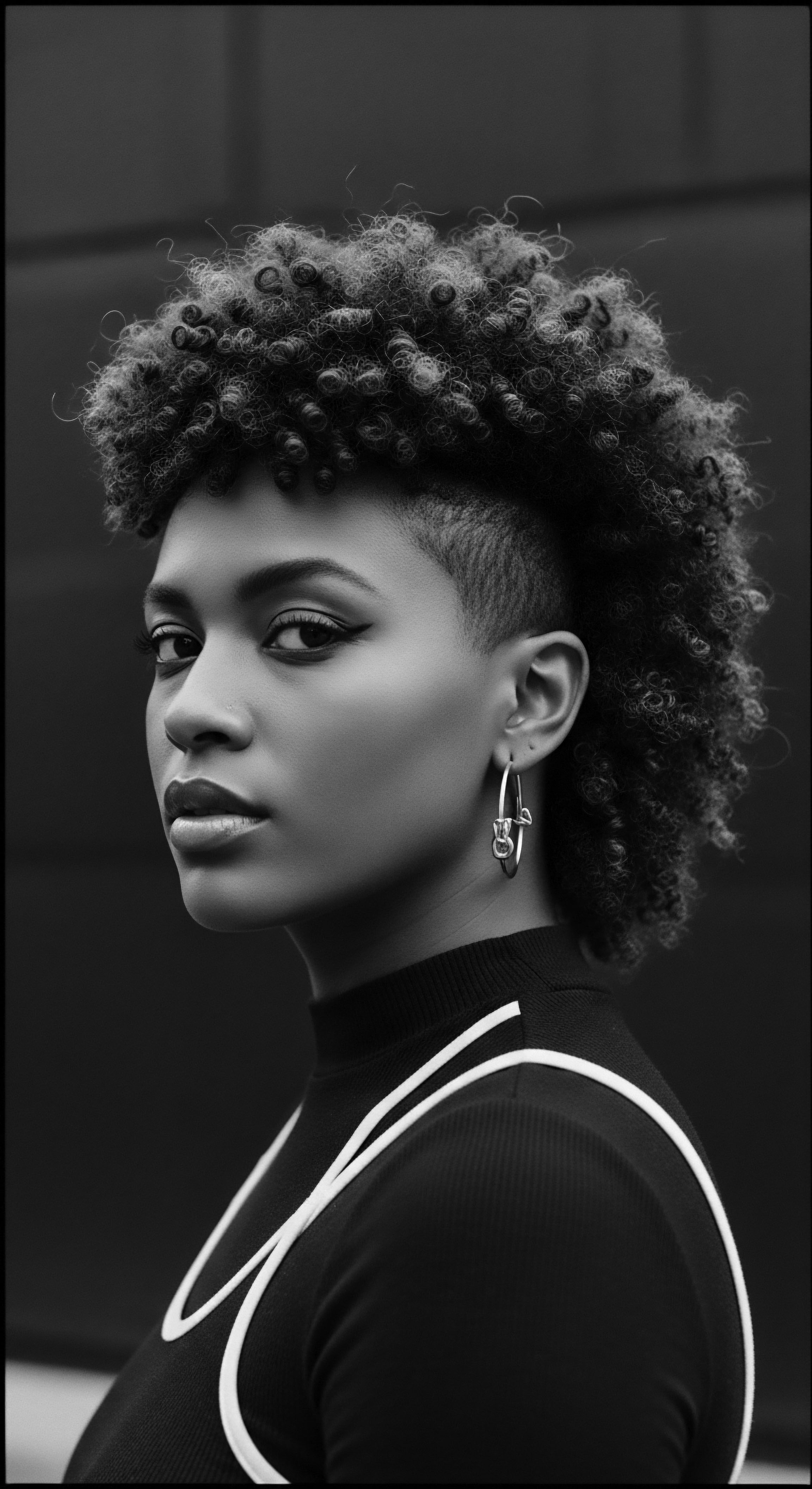
In what ways do traditional shea butter practices align with modern hair science?
Traditional shea butter use for textured hair aligns with science through its fatty acids, providing deep moisture and historical protection.

Can modern science validate traditional shea butter hair care?
Modern science confirms that traditional shea butter hair care supports textured hair by providing essential lipids and reducing friction, honoring ancestral wisdom.

What traditional African plants are used for textured hair nourishment?
Traditional African plants offer deep nourishment, drawing on ancestral wisdom to enhance the strength and vitality of textured hair.

How does shea butter’s economic role empower women and communities in Africa?
Shea butter provides significant economic opportunities for women in Africa, directly supporting communities and preserving **textured hair heritage** through generations.

What traditional African ingredients support hair moisture?
Traditional African ingredients like shea butter and Chebe powder deeply moisturize textured hair, rooted in ancestral practices for resilience and pride.

How did communal hair care traditions connect with shea butter?
Communal hair care traditions connected with shea butter by fostering intergenerational wisdom, social cohesion, and economic empowerment, enriching textured hair heritage.

How did ancient African communities use natural oils for hair?
Ancient African communities used a diversity of natural oils to nourish, protect, and adorn textured hair, reflecting deep cultural heritage.

What ancestral oils aid coiled hair health?
Ancestral oils, deeply rooted in textured hair heritage, supply vital moisture and protection for coiled strands.

How do oils affect hair moisture retention?
Oils preserve hair moisture by forming a protective layer, a practice rooted deeply in textured hair heritage.
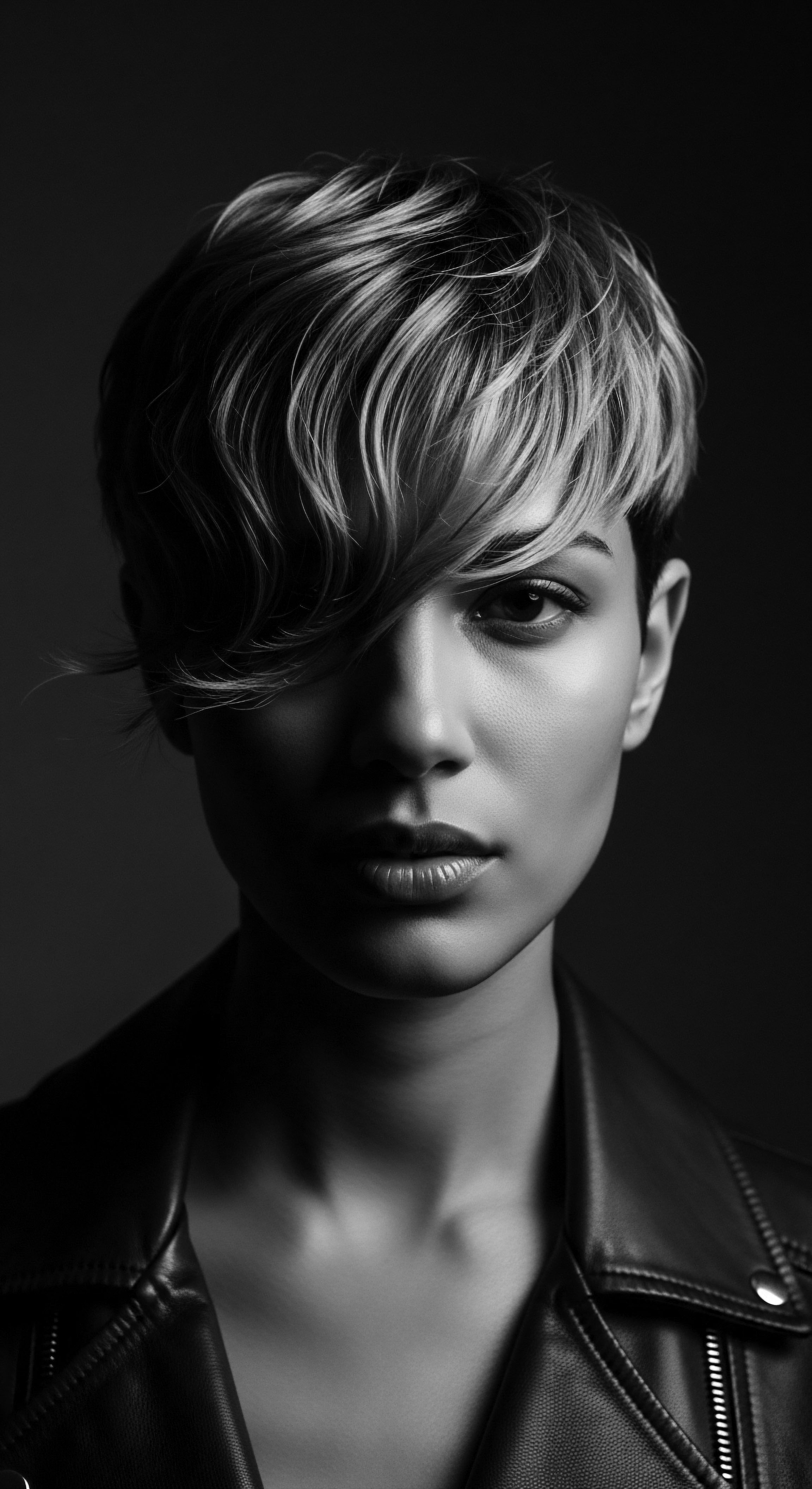
How do ancestral hair practices inform modern understanding of shea butter’s effects?
Ancestral practices inform modern understanding of shea butter's effects by providing historical context and observed benefits for textured hair.

How has shea butter shaped hair care traditions?
Shea butter has profoundly shaped textured hair traditions by serving as an ancestral balm, a cultural symbol, and a scientifically recognized conditioner, deeply tied to heritage.

In what ways do the fatty acids in shea butter specifically nourish coily and curly hair patterns?
Shea butter's fatty acids provide dual nourishment for coily and curly hair, reflecting centuries of ancestral wisdom and care.

What traditional African practices feature shea butter for hair resilience?
Traditional African practices use shea butter as a deeply integrated part of hair care rituals, fostering moisture, protection, and resilience for textured hair.

How does modern hair science confirm the efficacy of traditional African sealing methods?
Modern hair science confirms that traditional African sealing methods, utilizing natural oils and protective styles, effectively retain moisture in textured hair.

What specific African botanicals provided effective hair sealing?
African botanicals like shea butter, argan oil, and baobab oil effectively seal textured hair by forming a protective, moisture-retaining barrier, a tradition deeply embedded in heritage.
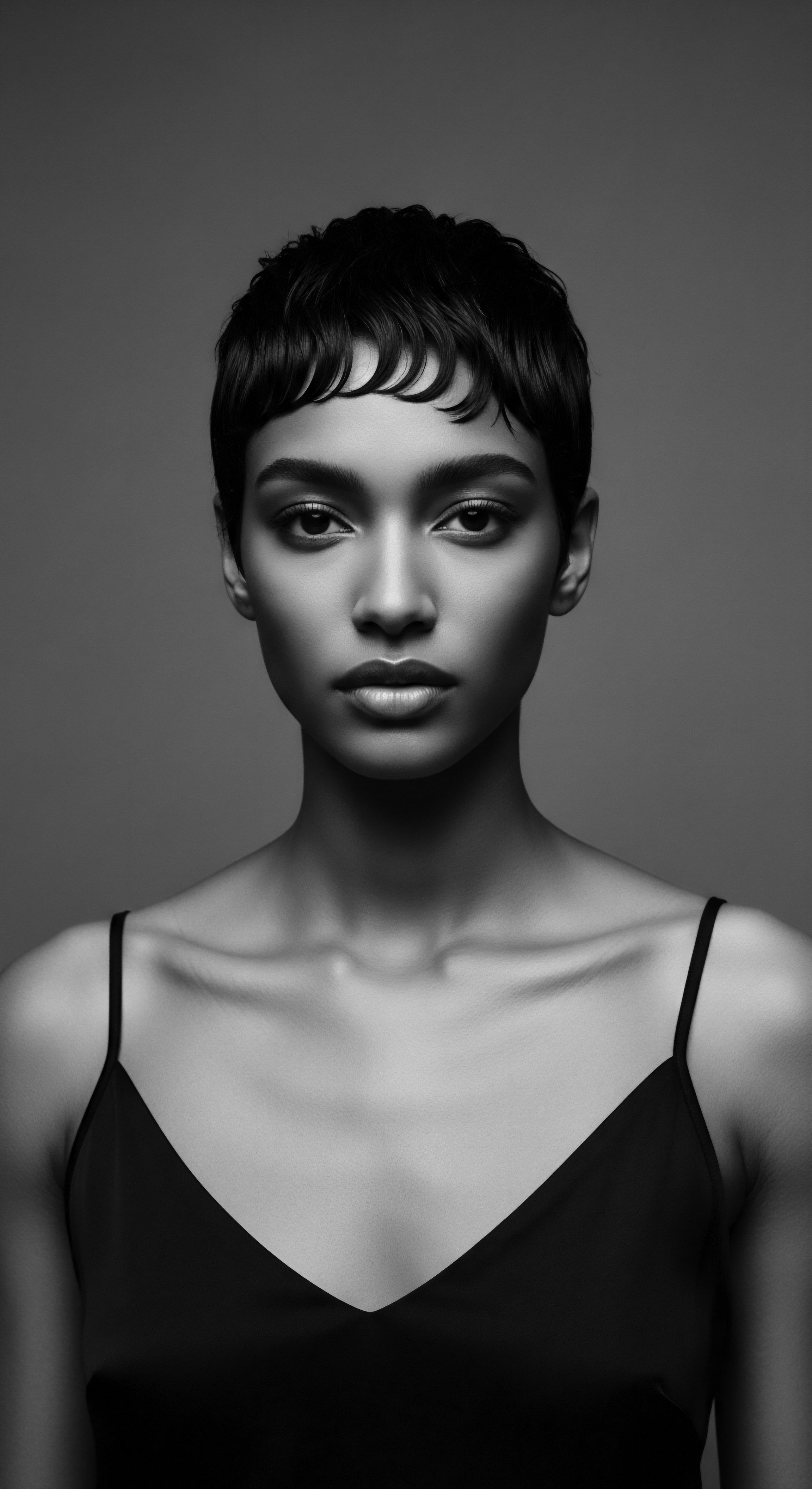
How does hair’s curl pattern relate to moisture?
Textured hair’s coil pattern naturally lifts cuticles, making it prone to moisture loss, which ancestral practices sought to remedy.

What historical examples reveal botanical solutions for textured hair’s aging?
Historical botanical remedies for textured hair aging center on ancestral practices of moisturizing, strengthening, and protecting strands through heritage plants.

What ancestral ingredients informed early textured hair care?
Ancestral ingredients for textured hair care, sourced from indigenous plants and earths, deeply moisturized and protected strands, forging a heritage of holistic wellness.

What ancestral oils for textured hair strength are validated by scientific study?
Ancestral oils like shea butter and coconut oil are scientifically validated to strengthen textured hair through deep conditioning and protective barrier formation, upholding a rich heritage.

Can shea butter economic gains support textured hair care businesses?
Shea butter's economic gains can uplift textured hair care businesses by honoring its profound West African heritage and empowering its women producers.
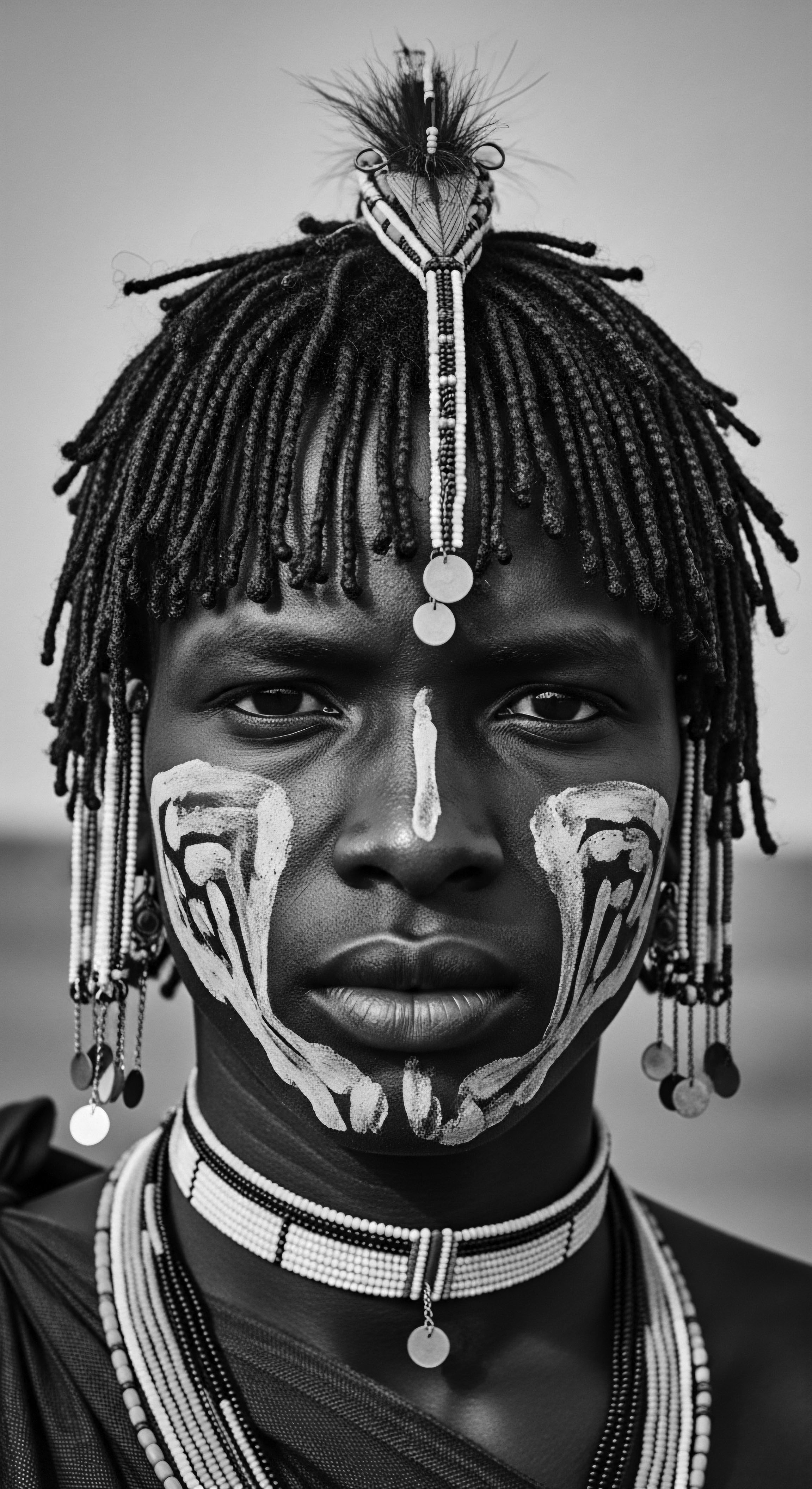
Why does textured hair intrinsically benefit from shea butter’s properties?
Shea butter intrinsically benefits textured hair by offering profound moisture and protection, honoring an ancient heritage of care and resilience.

How do shea butter lipids protect textured hair?
Shea butter lipids shield textured hair by forming a moisturizing barrier, honoring an enduring ancestral heritage of protection.
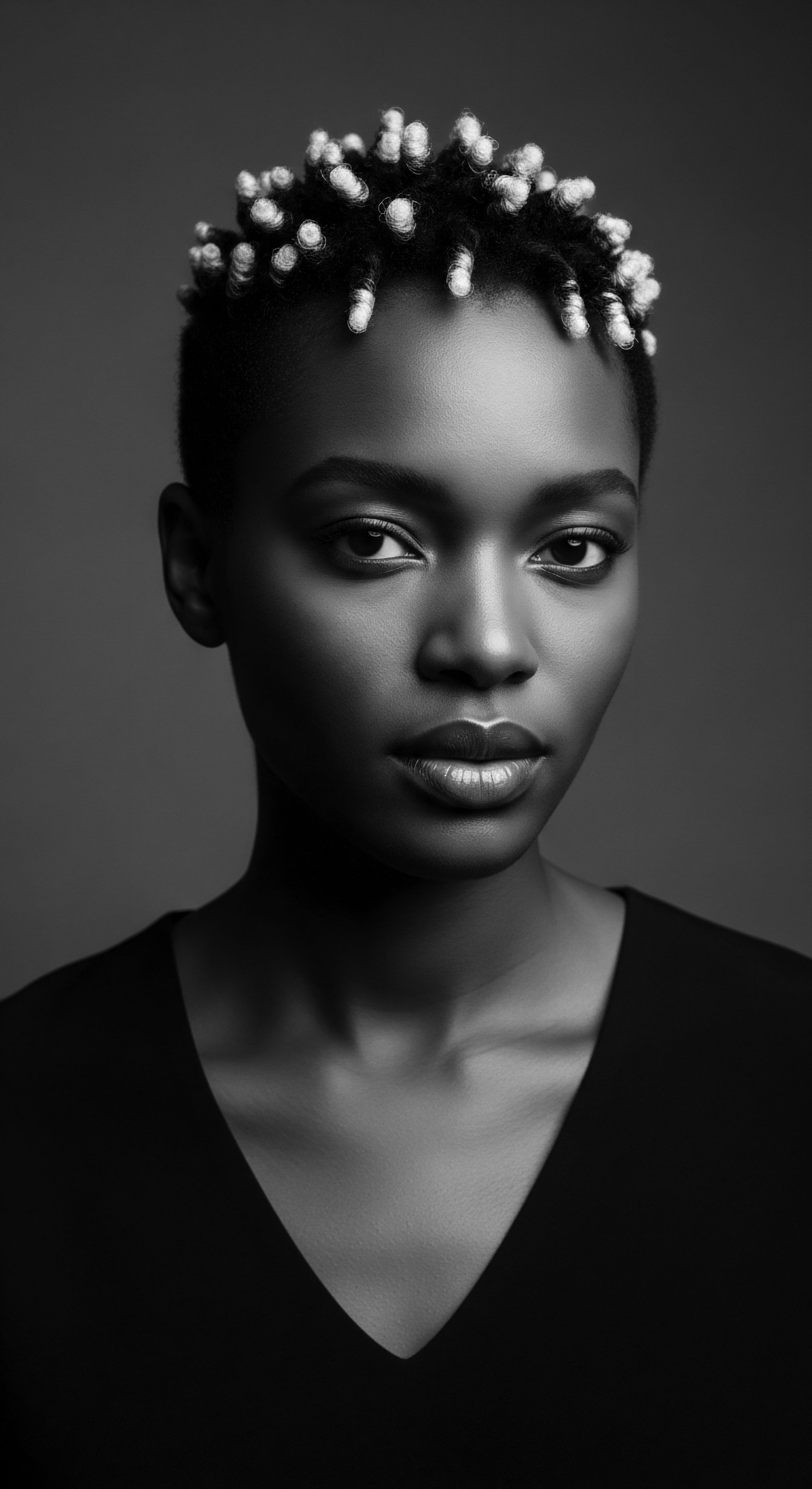
How did climate influence traditional plant selection for textured hair?
Climate shaped traditional plant choices for textured hair, favoring moisture-retaining botanicals that underscore a rich ancestral heritage.

